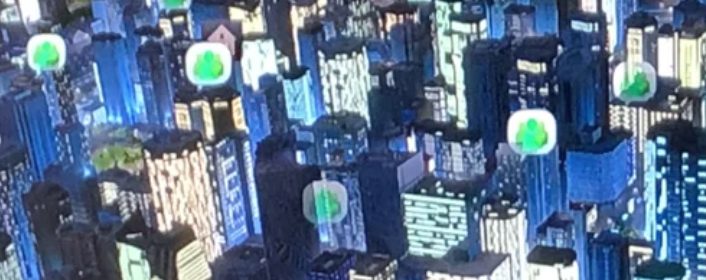

On the other was Luci Ellis, assistant governor (economic) at the Reserve Bank, who has been involved in much of the bank's housing research for three decades. On one side was the committee chair, Sydney-based Liberal MP Jason Falinski, who represents Mackellar, an electorate covering Sydney's upper northern beaches - some of the most expensive real estate in the nation.
#CITIES SKYLINES HIGH UNEMPLOYMENT NO INDUSTRY DEMAND FREE#
Look at all these farms!įeel free to post questions or remarks in the comments.An at-times-testy debate took place at a committee hearing into why Australia has such unaffordable housing and what to do about it. Keep in mind that all buildings will be sold when you re-assign a new specialty. If everything went well and the demand is there then your specialized resource will start to appear. If you press the specialization button and the click the district a little icon will appear below the district’s name. Step 5: Assign an industry specialization to your district I painted a district and named it “New industry”. Now use the district tool to “paint” a district on your new sector. Try to build a network on top of the natural resource. The Natural Resource overlay shows this area has fertile ground available.

Do this by choosing the Natural Resource overlay located on filter menu (second row, 1 up from the bottom). Once you have identified a suitable tile the next step is to find the area that actually has the required resources. Step 2: Find the location of natural resources This Tile features fertile lands and forest. You can do this by clicking the overview button OR by using the resource overlay. If you want to use industry specialization then you will first have to check if your map actually supports that type of resource. Using industry specialization Step 1: Find the correct tile However this will lower tax income and increase traffic. However do not worry they will be imported when required. Keep in mind that while Forest and Fertile land can be re-used but the Oil and Ore deposits are non-renewable. Turns all fresh water used into waste water Let’s take a look at the different pros and cons of the specializations (source: manual).

Oil is a limited resource that will increase tax income significantly, but it also produces a lot more ground pollution and requires more electricity (source: manual). Ore industry requires more electricity than usual industry (source: manual). Ore is a limited resource that produces more tax income and ground pollution, although not as much as oil industry. Instead, the Agriculture Specialization will requires more water and produce more waste water (source: manual). Farming Industryįertile land is a renewable resource that gives a modest increase in tax income without producing extra ground pollution. The specializationsĬities Skylines features the following industrial specialization: Forest Industryįorests are a renewable resource giving a modest increase in tax incomes, but also slightly increasing the pollution rate (source: manual). So generally they only make sense mid-game. Late game high tech generic industries are cleaner and provide more jobs. Keep in mind that early game districts will often be too expensive to build roads too.

Each of these specializations has their own tax benefits and cost. However with 24 workers they are similar to level 2 generic industry. Whereas generic industries can level from 1 to 3 the specialized industries only feature a single level. You can have a sector focus on Oil, Ore, Forest or farming. Cities Skylines features industrial specialization.


 0 kommentar(er)
0 kommentar(er)
